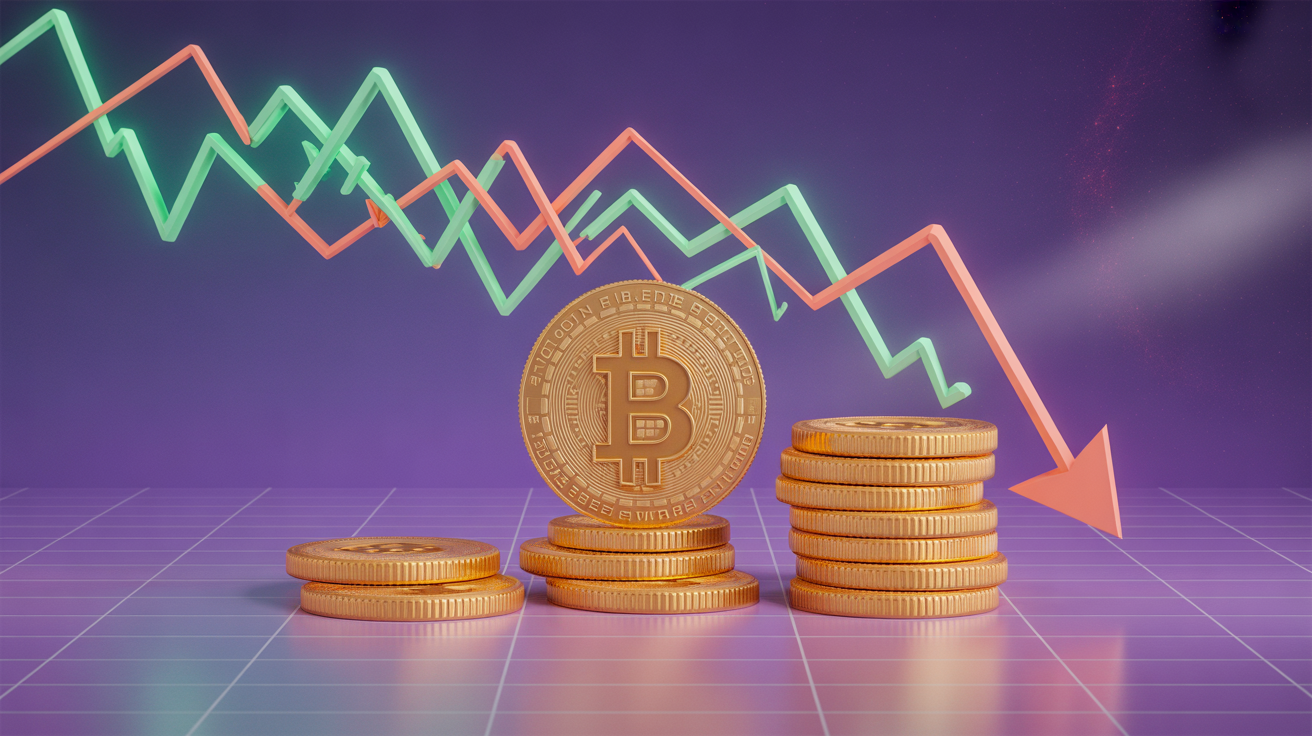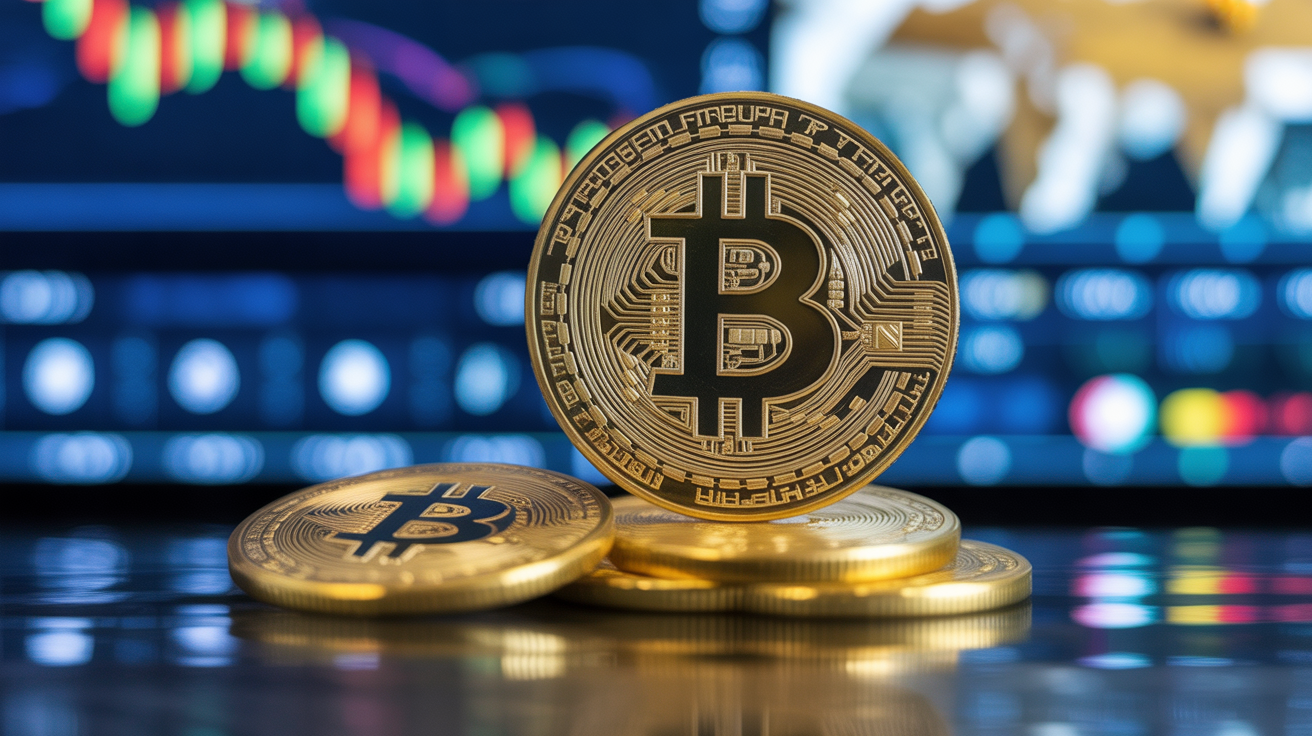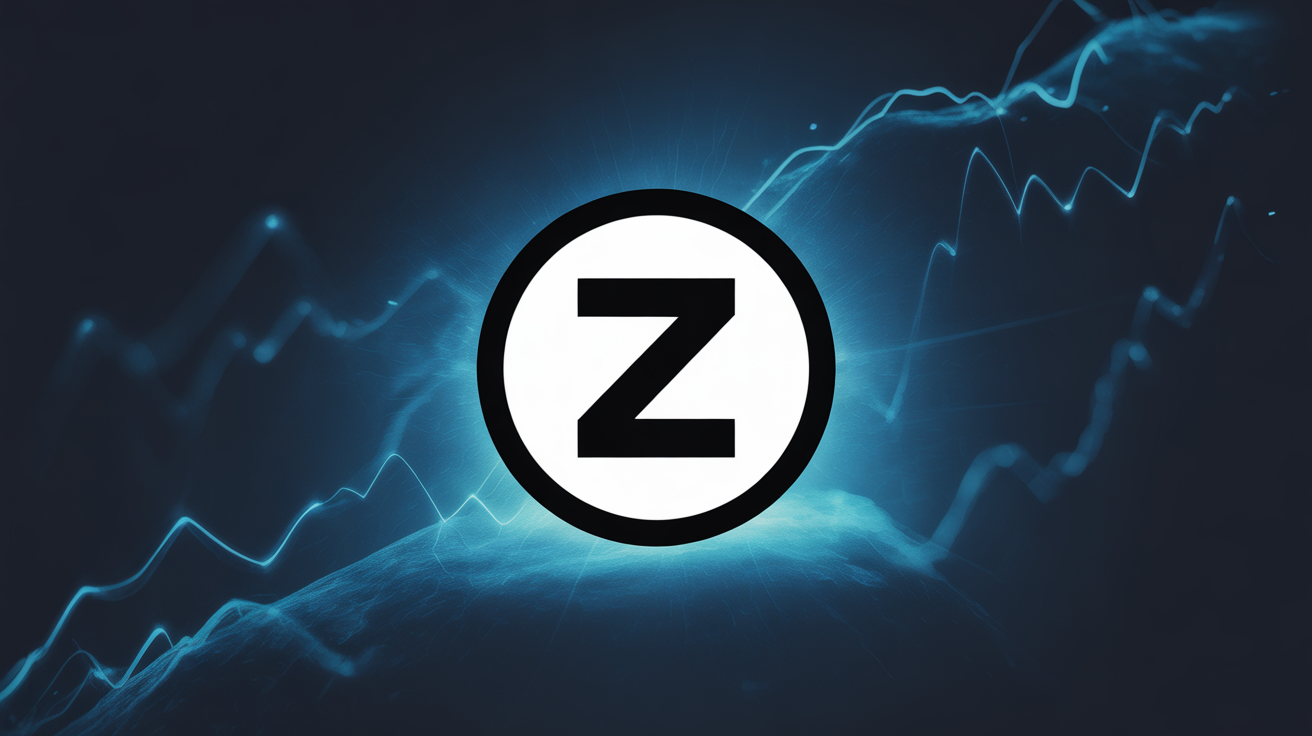
The BNB Chain is rapidly becoming the center of global memecoin activity, now accounting for 11.4% of daily trading—almost on par with Ethereum’s 12%, while Solana, previously a dominant memecoin hub, has slowed.
This week’s surge highlights how capital flows dynamically within the BNB ecosystem, with its native token, BNB, continuing to break records and retain liquidity inside the network.
Newly launched “Chinese”-themed tokens such as 币安人生 (“Binance Life”), 客户小何 (“Customer Xiaohe”), and 空气币 (“Air Coin”) have posted gains of thousands of percent within hours, pushing daily volumes into the tens of millions. According to Bubblemaps, over 100,000 new on-chain traders joined the BNB meme wave in the past 48 hours, with 70% already in paper profits. At least 40 wallets show gains exceeding $1 million, including one exceeding $10 million.
A distinctive feature of this wave is the direct Binance and Changpeng Zhao connection. Tokens like 4ever—based on Zhao’s 2023 New Year “ignore FUD” meme—and Broccoli spin-offs tie speculation to Binance’s culture and founder. Activity spikes every time Zhao posts or reacts on X, creating a feedback loop that amplifies BNB-linked memecoin rallies.
DEXTools data shows that in the past 24 hours, the top ten new BNB memecoins traded over $82 million. Yet, older BNB memes like BROCCOLI and MUBARAK remain more than 90% below their all-time highs, a reminder of the sector’s inherent volatility.
BNB itself is the quiet powerhouse behind the surge. Year-to-date, it has outperformed BTC and ETH, and on Tuesday surpassed XRP to become the world’s third-largest token by market cap. Its rally past $1,200 coincided with the memecoin frenzy, creating a self-reinforcing cycle: higher BNB prices fuel meme speculation, which in turn drives trading volume, fees, and attention back to the chain.
With BNB Chain nearly matching Ethereum in global memecoin share, the ecosystem is fast becoming a key destination for both retail traders and whale investors, though caution remains warranted as hype-driven assets often collapse as quickly as they surge.





















